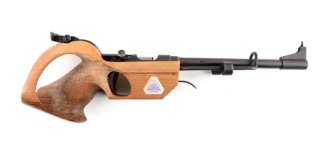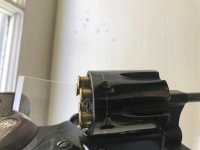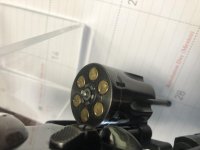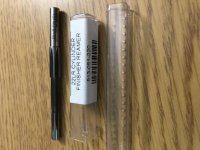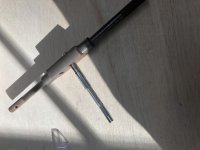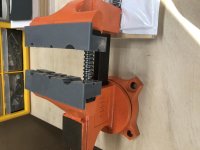Ron Peek
Member
- Joined
- Mar 29, 2025
- Messages
- 5
- Reaction score
- 15
I have a pre Model -18, 5 screw .22 that had extremely tight chambers. The chambers were clean and highly polished, but if you fired more than 2 or 3 rounds, you had to punch the empties out one at a time. I took the gun to an S&W trained armorer and he said the chambers were way tighter than standard. He reamed them to standard chamber dimensions and it now is a joy to shoot - the empties pop right our with the extractor rod.
I just recently acquired a K22-5, 6" and I'll be darned if the same condition doesn't exist. It doesn't seem to be brand sensitive; I tried 3 different brands of target .22s and more than 2 rounds, and the ejector rod will not move them.
What's up here?
I just recently acquired a K22-5, 6" and I'll be darned if the same condition doesn't exist. It doesn't seem to be brand sensitive; I tried 3 different brands of target .22s and more than 2 rounds, and the ejector rod will not move them.
What's up here?

